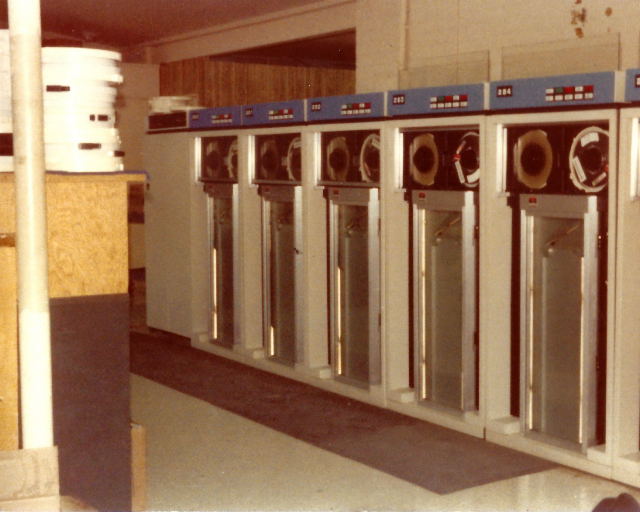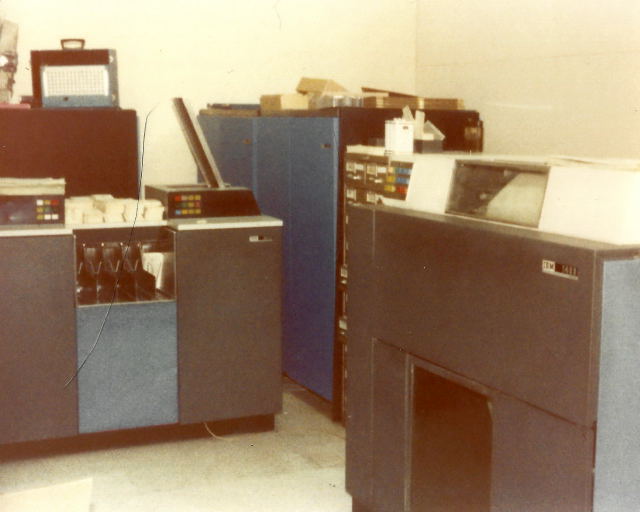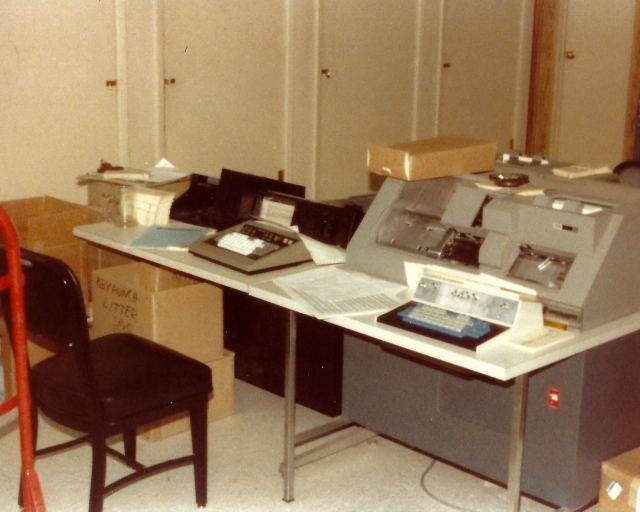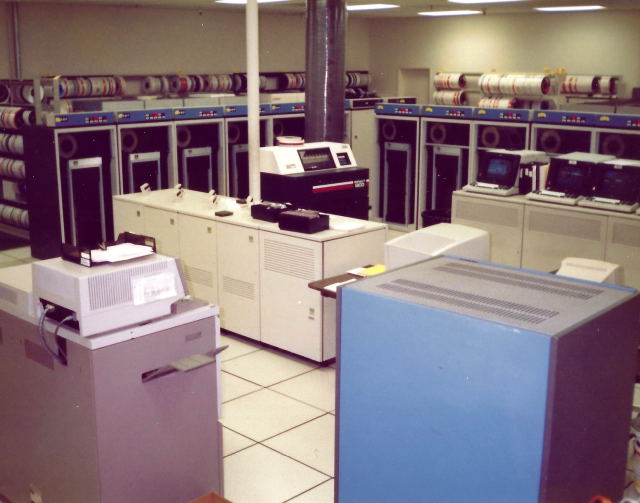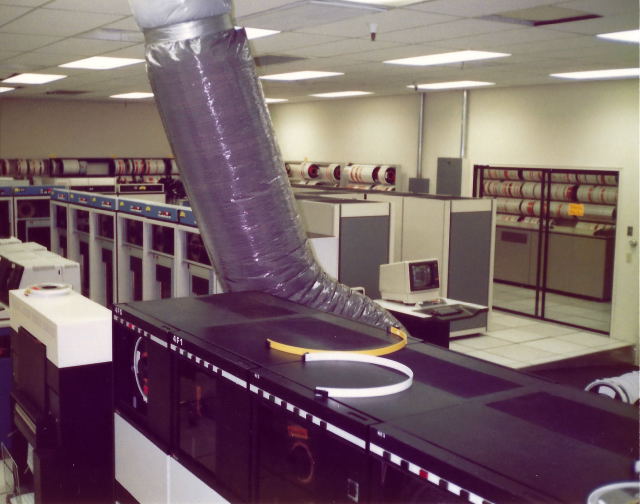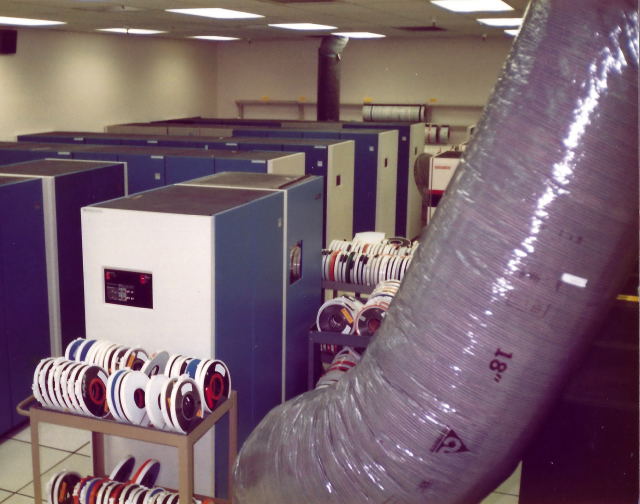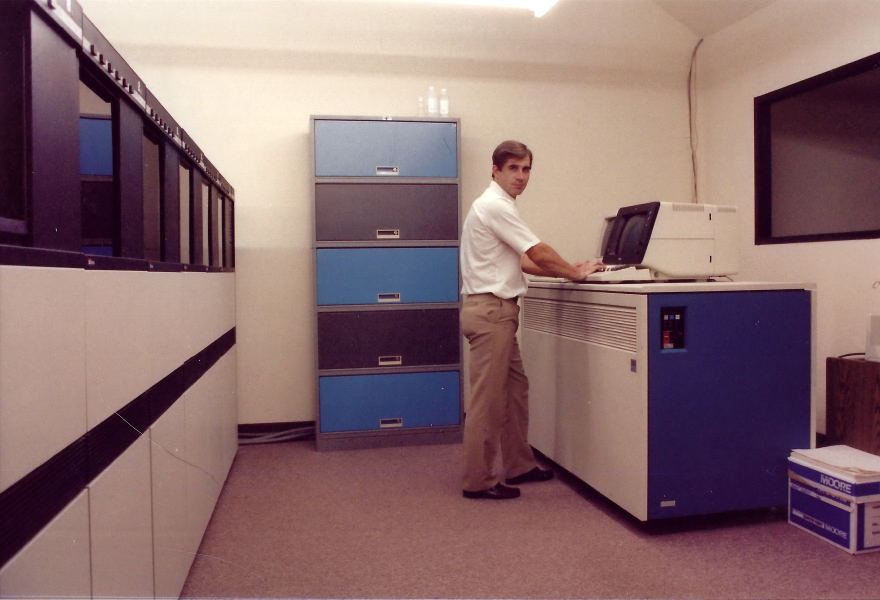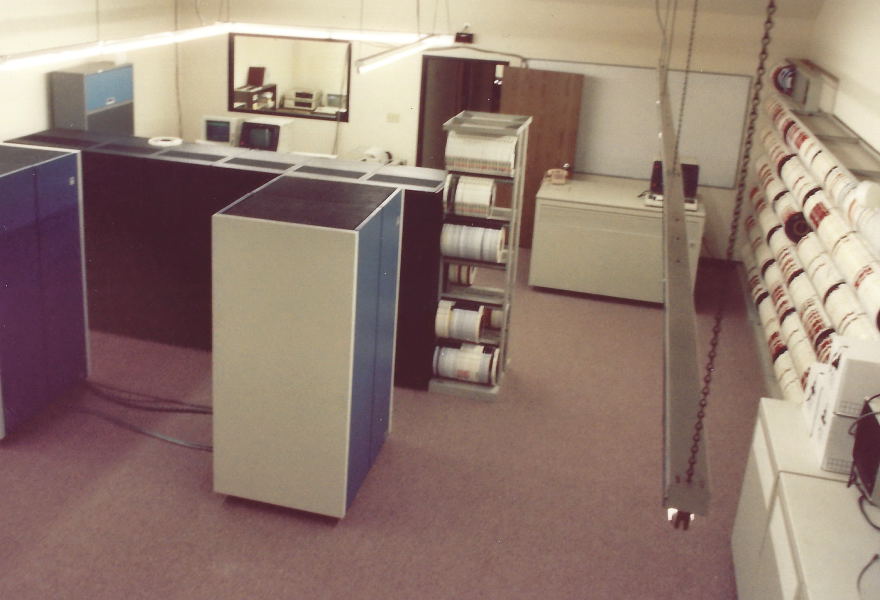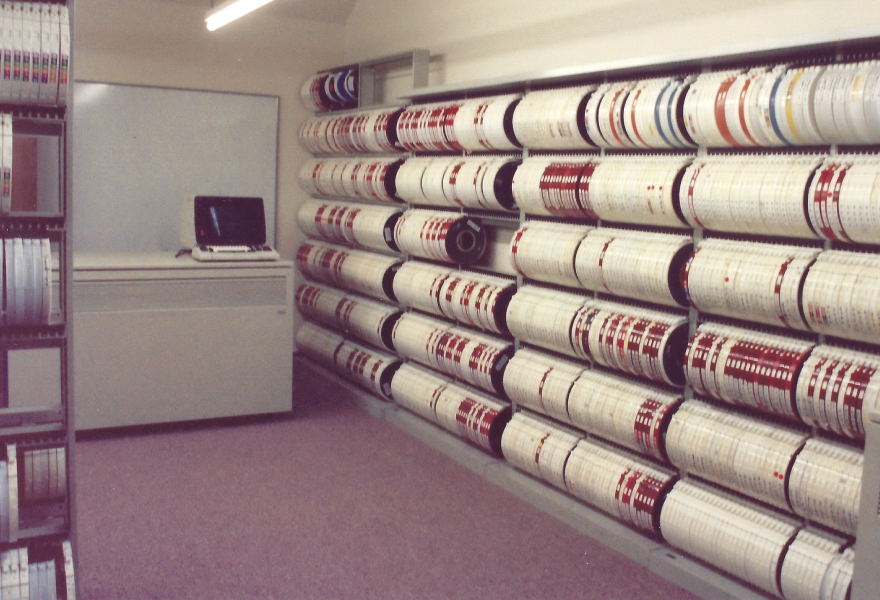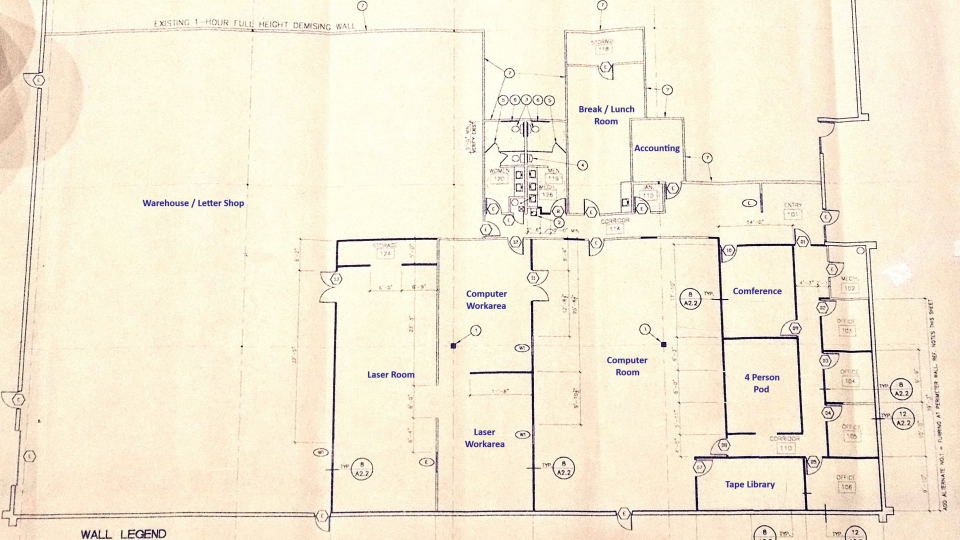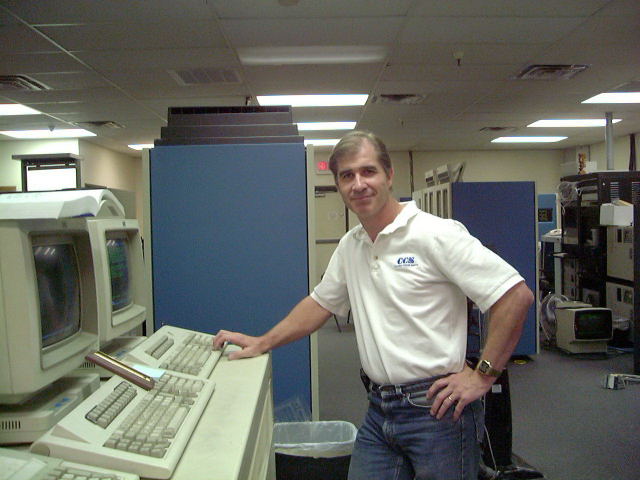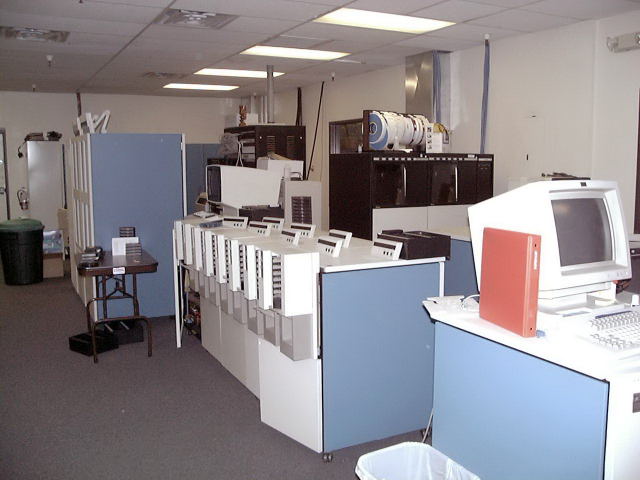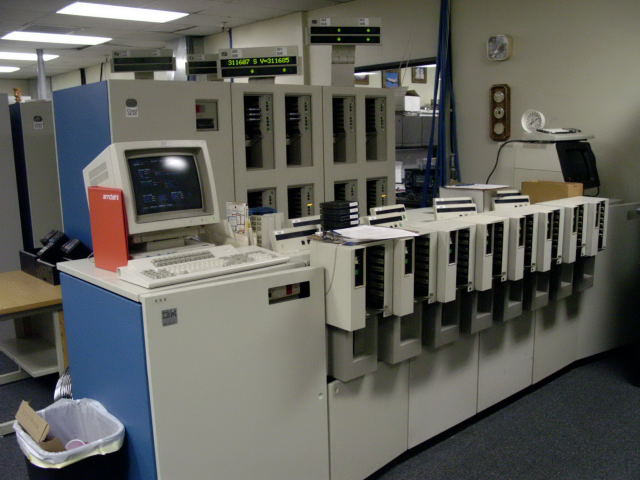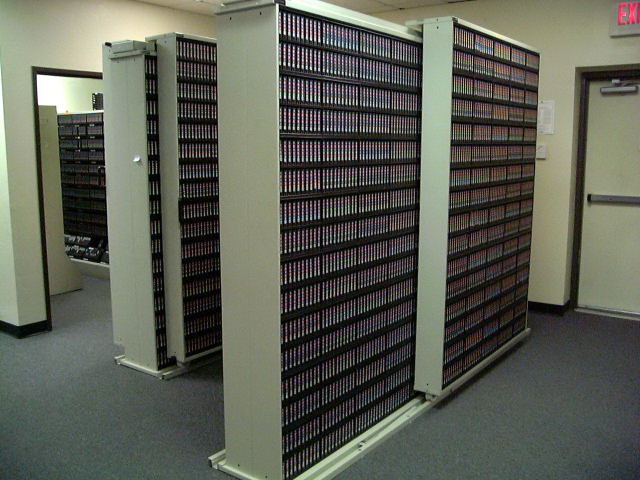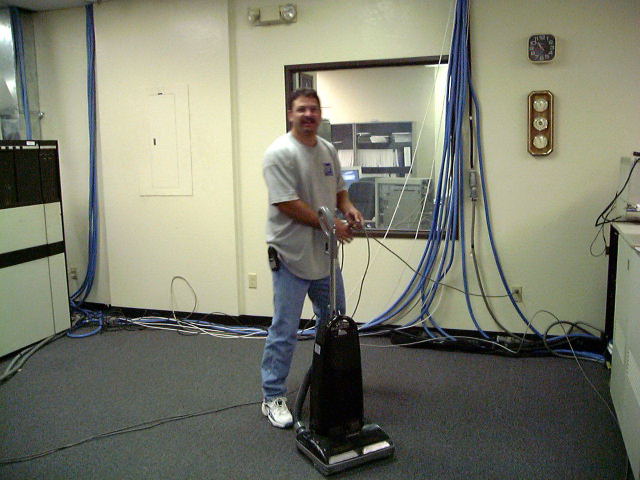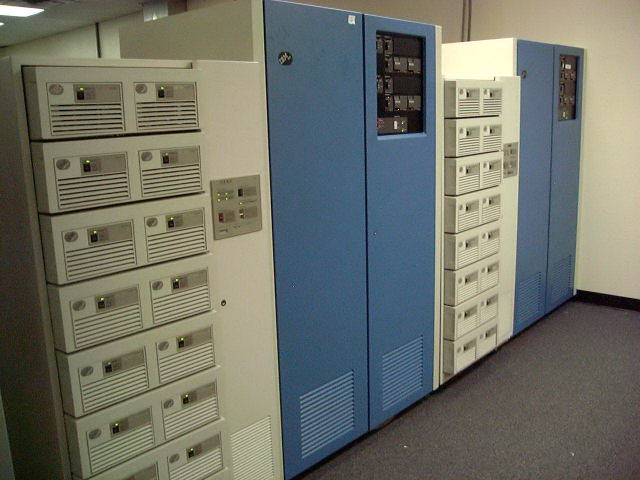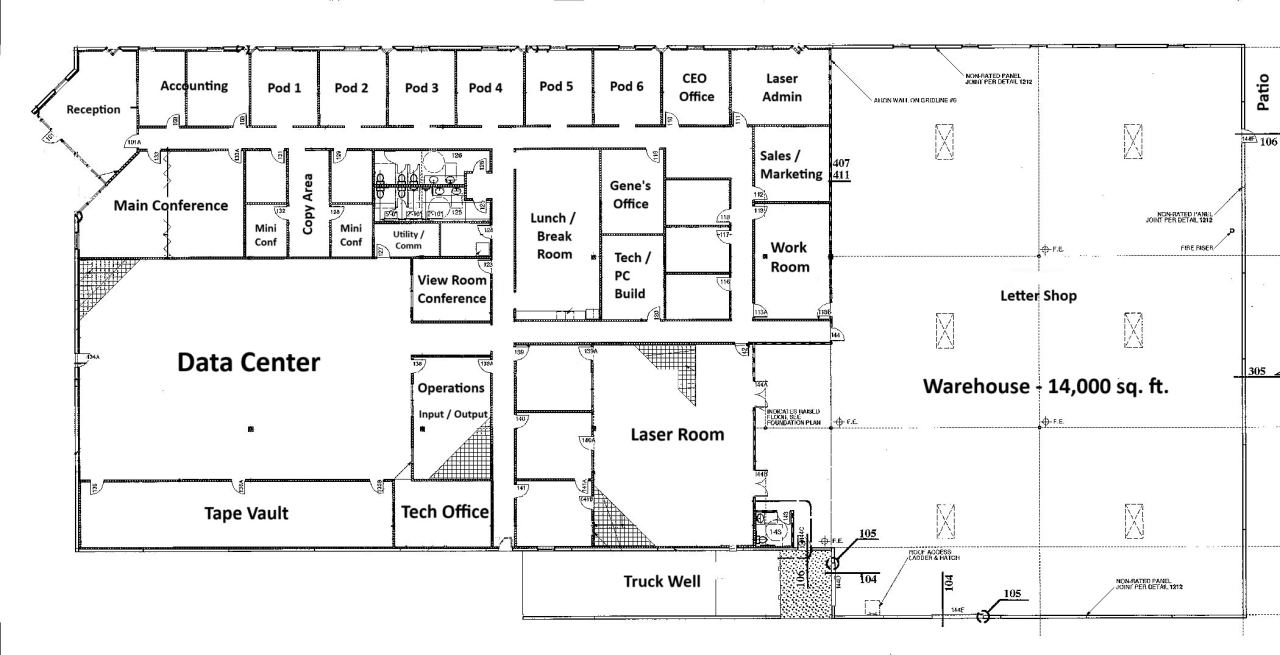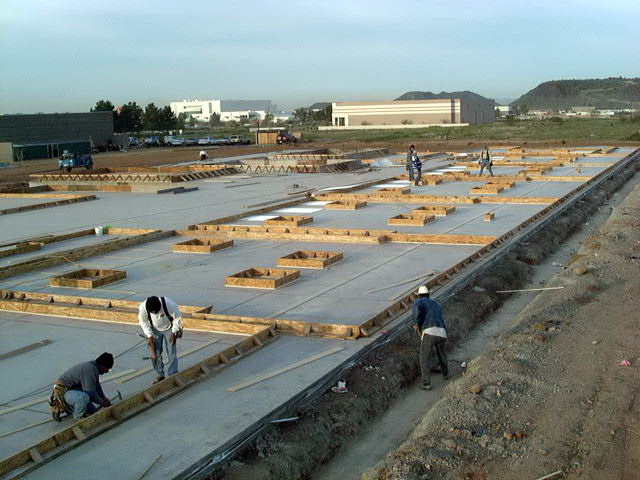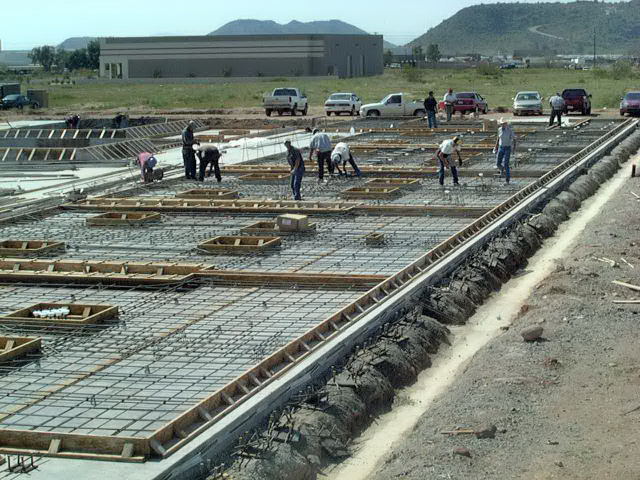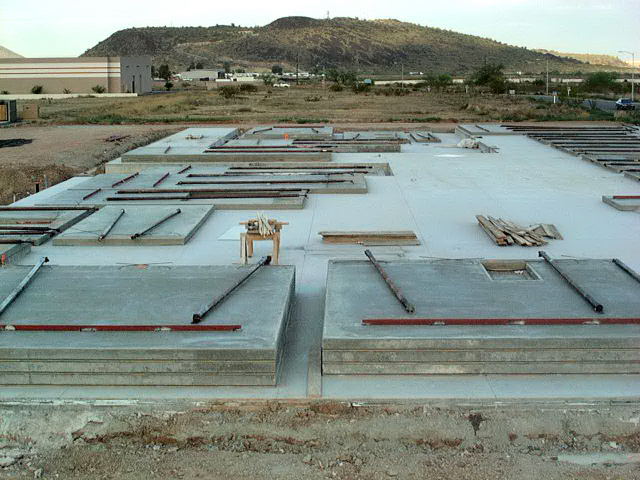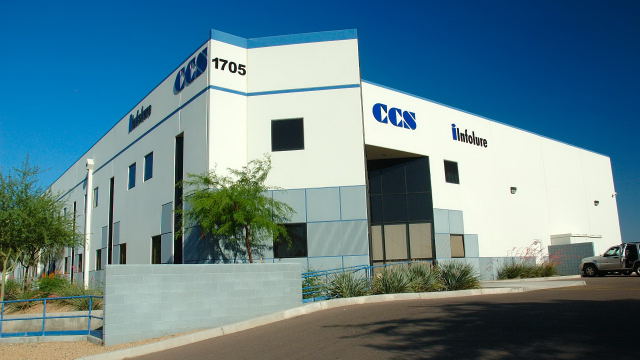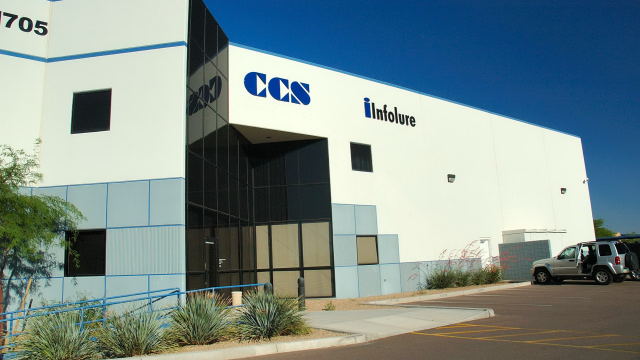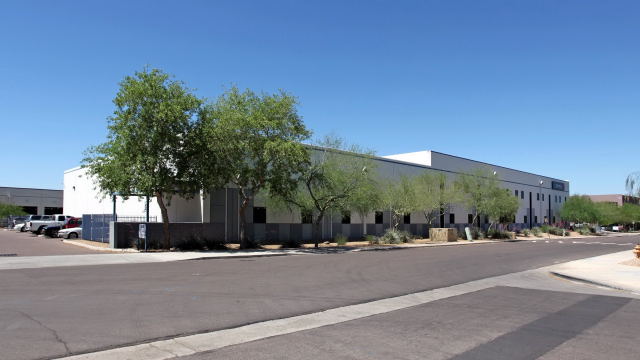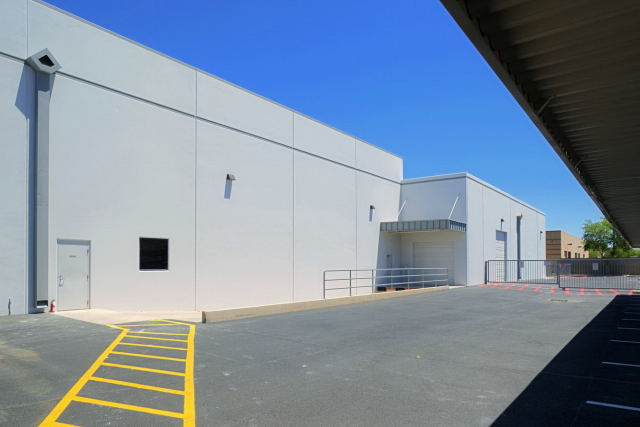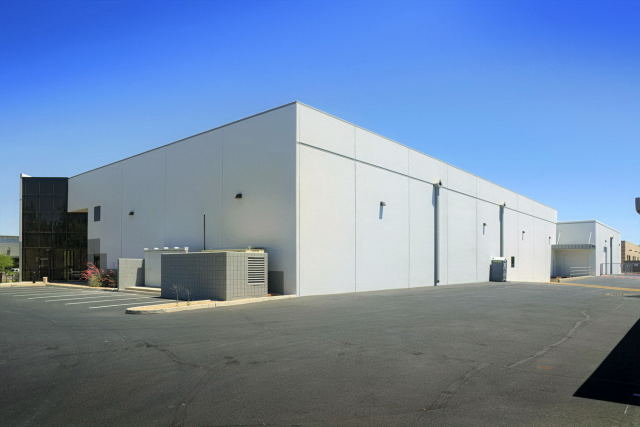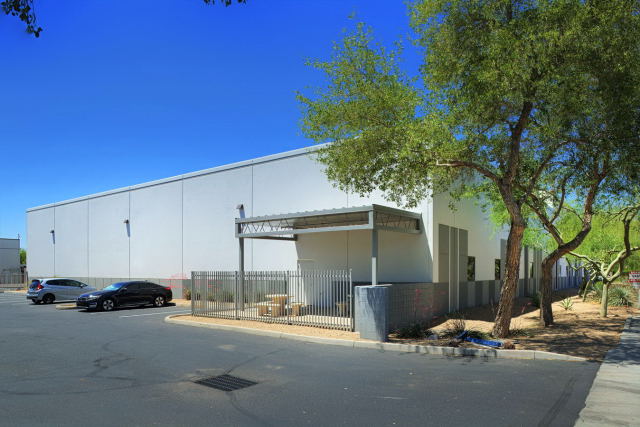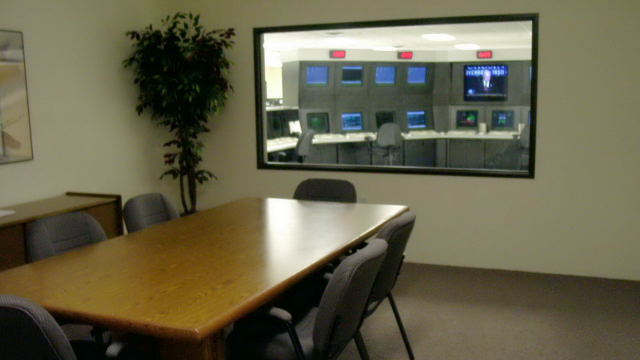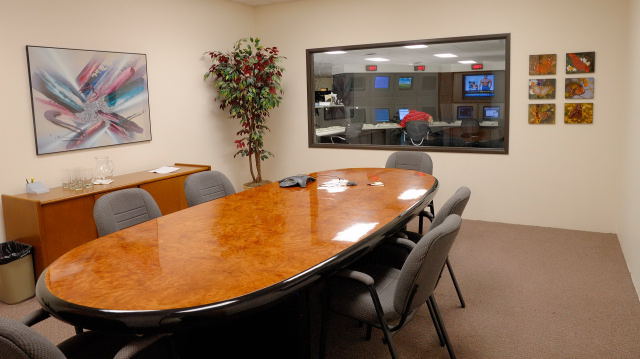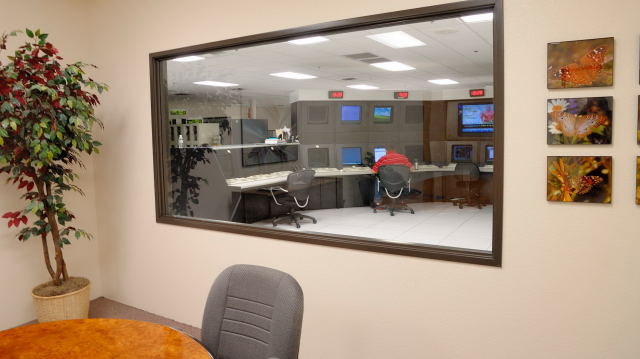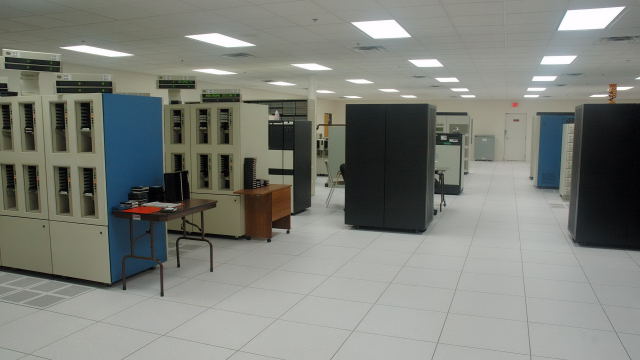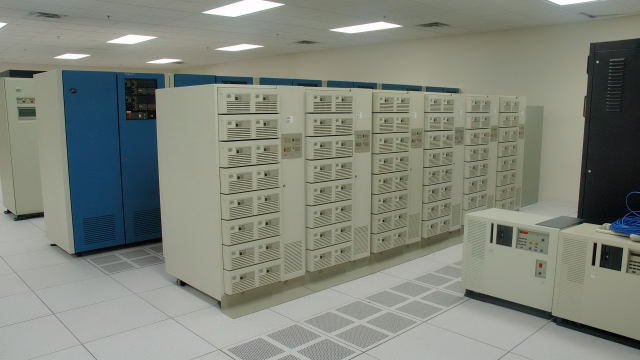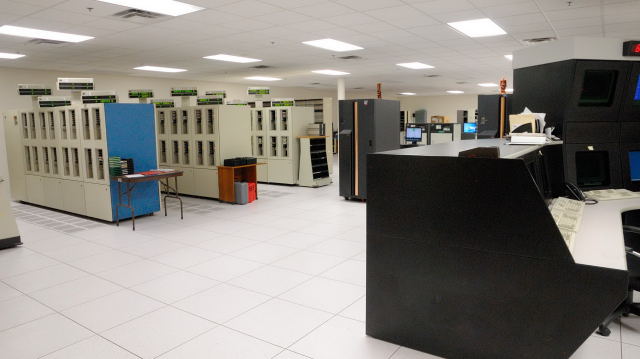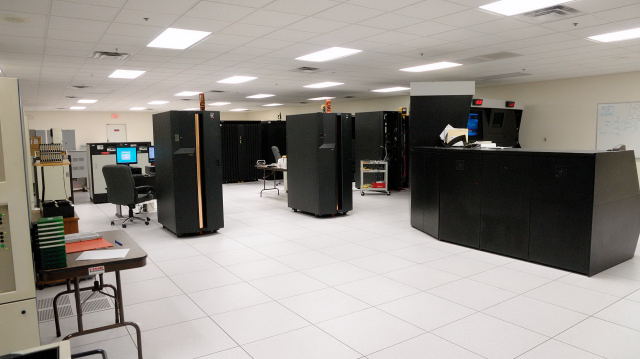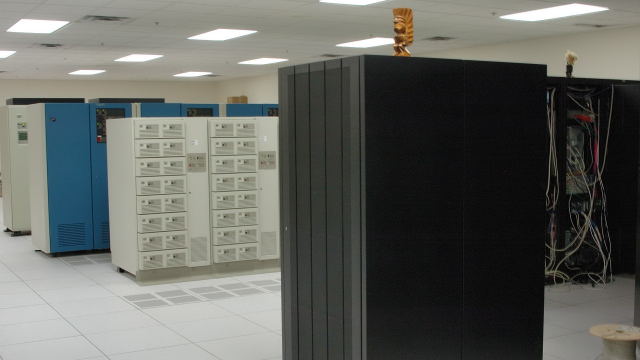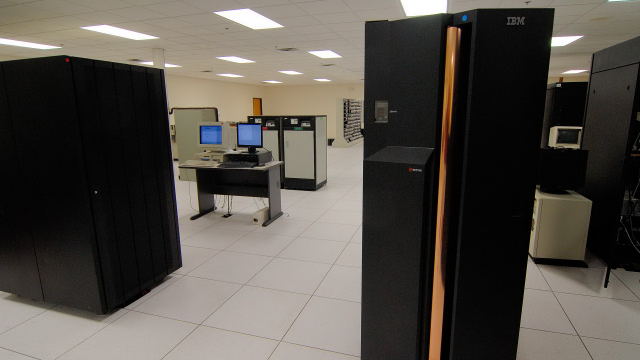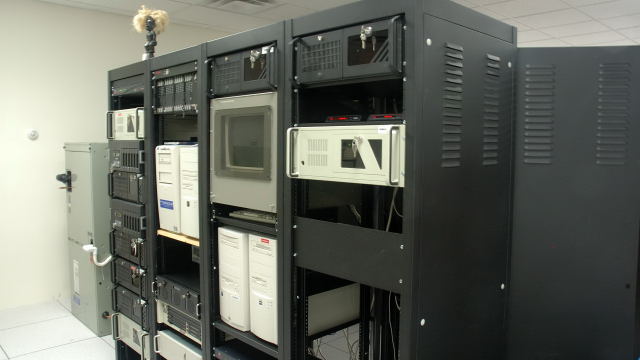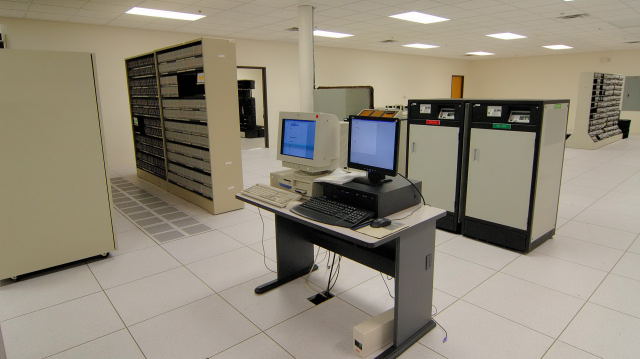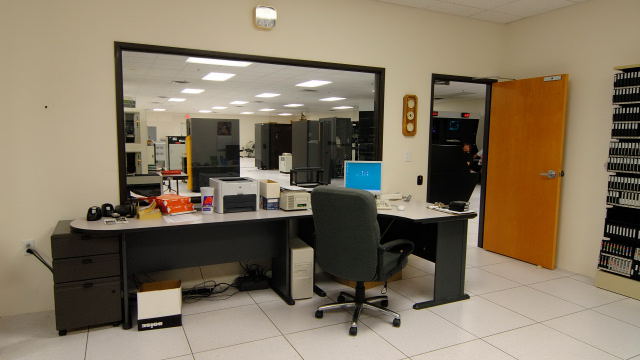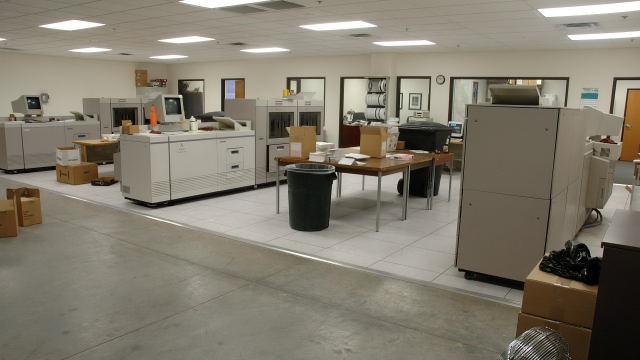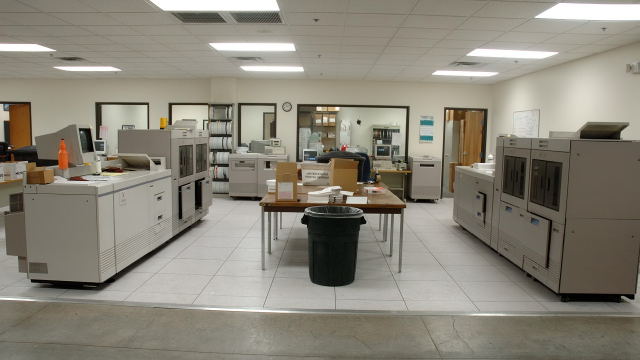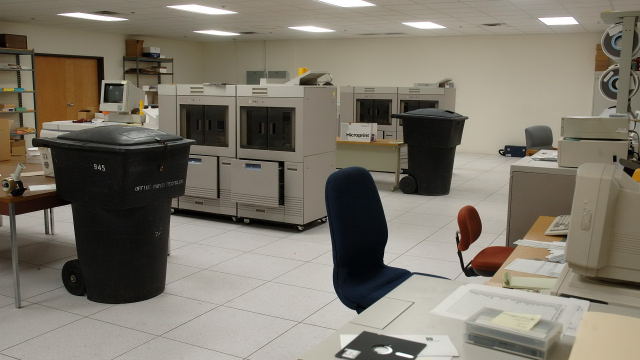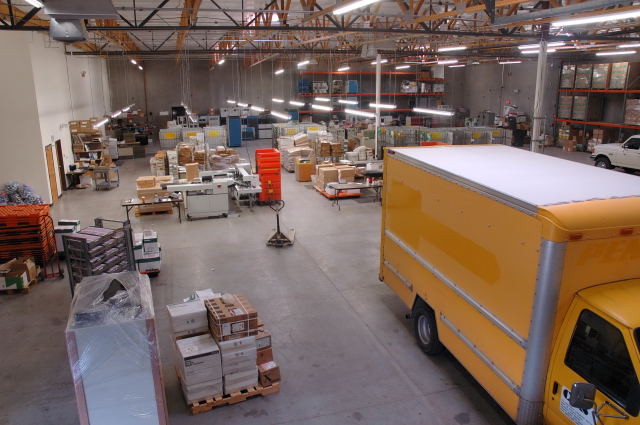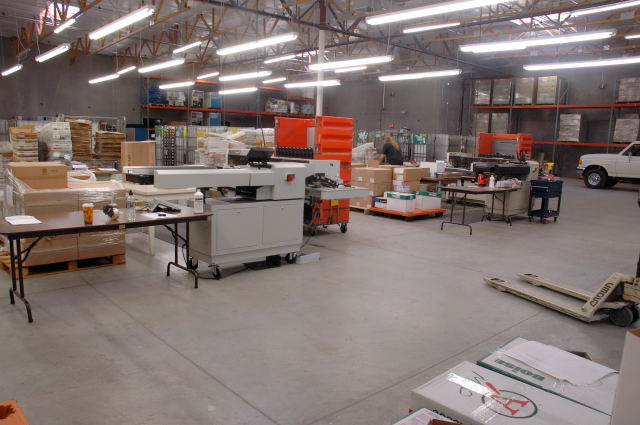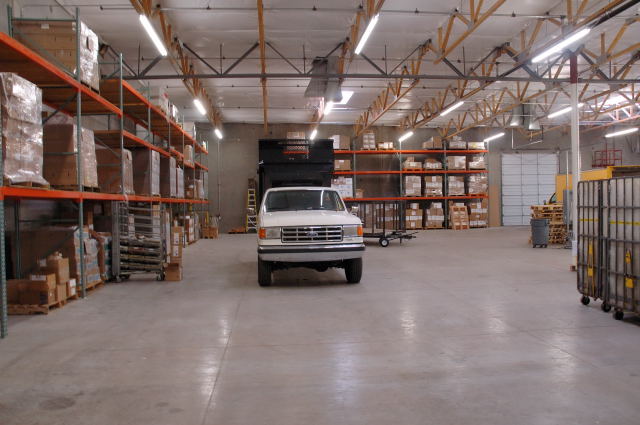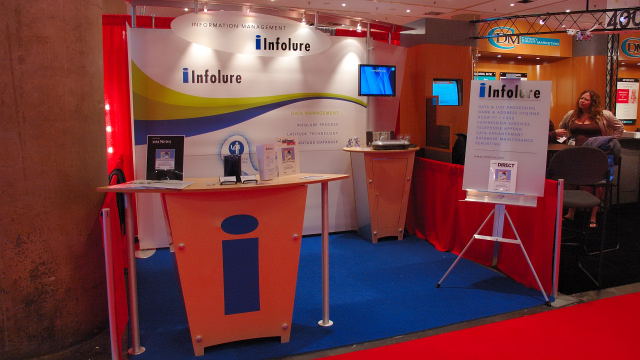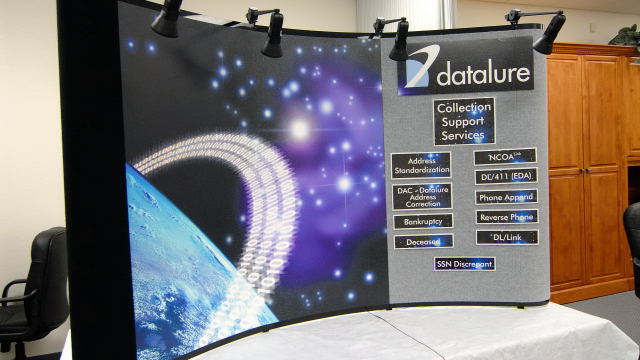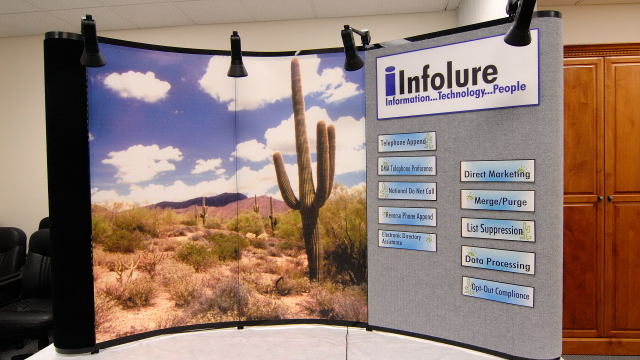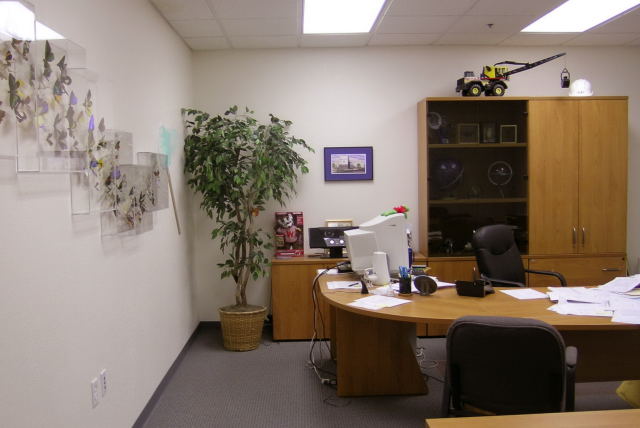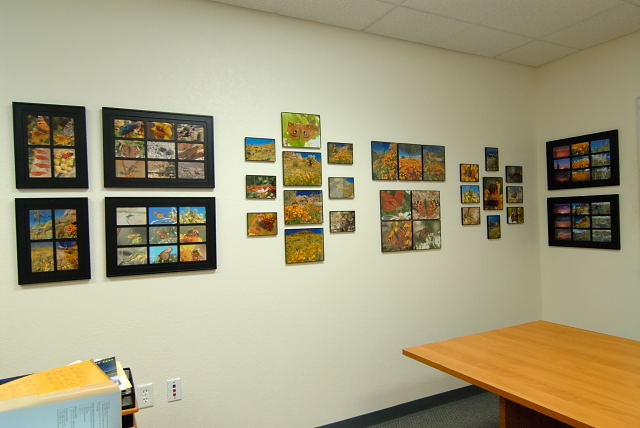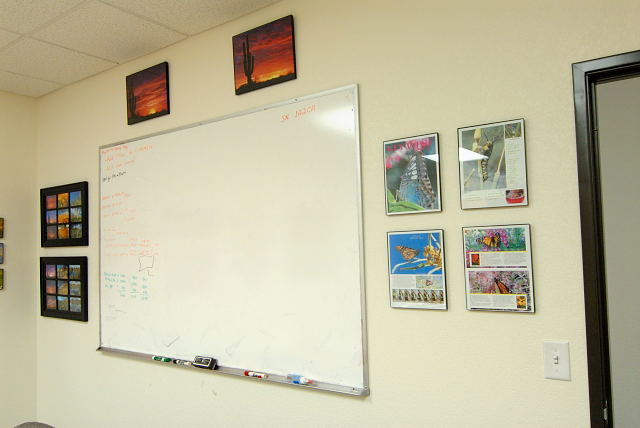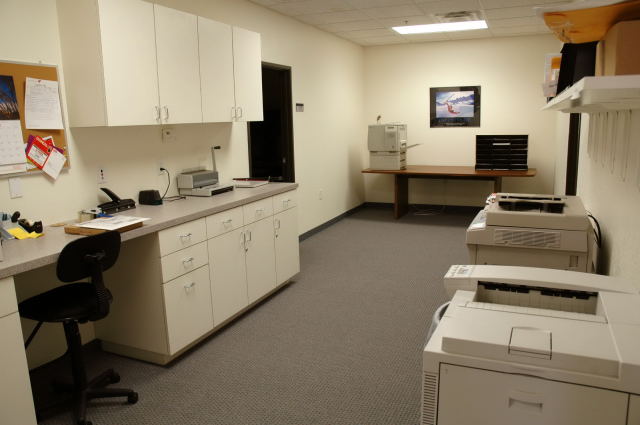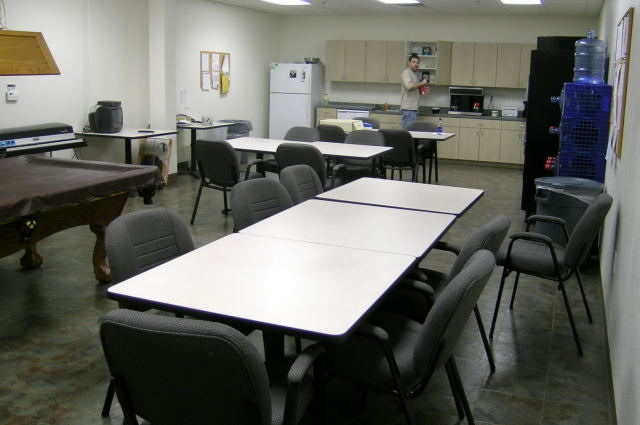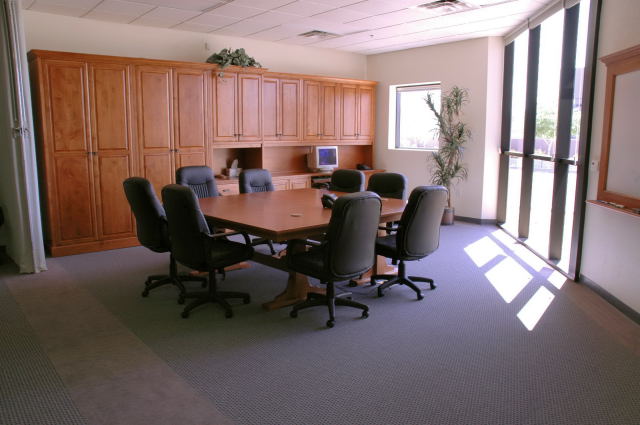About My Profession
Computer Programming / Systems Analysis
Background
When I was growing up, computers already existed, but like almost everyone really didn't know anything about them. They were these magical brains that could calculate and solve problems. Ask it a question, it will give you an answer. What I only learned years later is computers were like the Wizard of Oz - not the all-telling all-knowing machines I thought (i.e., a humbug.) Consequently, there was no thought of going into computers as a profession. I knew from an early age that I wanted to go into science, and when I caught the astronomy bug suddenly I thought I wanted to be an astronomer. But I was more than a little disillusioned when I discovered the low pay especially when you need a lot of education (Ph.D.) and most who go into astronomy end up professors of either physics or math. And there was the reality you even if you did become an astronomer you wouldn't be working on a telescope very much. It was common that an astronomer only gets maybe 3 nights a year! No thank you, I'd rather be an amateur.
I finally decided on a pre-med program with an engineering backup. Though I initially did okay in college, I would be thwarted because it turned out I have dyslexia. All my life I just thought I couldn't read very well and it was incredibly slow. It made me feel dumb. But it was easy to make it through all the way through high school and the first semesters of college without reading much, but eventually this handicap would cost me a lot of grade points and you need a big number for any chance of making it to medical school. But because I was also taking some engineering classes I got my first exposure to computer programming (a chance to see what was behind the curtain) and I was immediately hooked. I would decide on computers, but felt it would be better to take classes in the school of business and I got a Bachelor of Business Administration in MIS (Management Information Systems) from the University of Wisconsin - Milwaukee (UWM). If you're wondering, I still struggled in a lot of classes, but not the computer classes, all of them I aced.
While in college I dreamed of affording a personal computer which were only just appearing in the market. I thought I wanted a Tandy (Radio Shack) computer and it utilized a Z80 processor. I bought a book showing how to program in assembly language and began to learn, but it was tough when you didn't have a computer to actually try real coding. I found the language difficult, but I felt I could manage.
Computer Programming Job in Phoenix
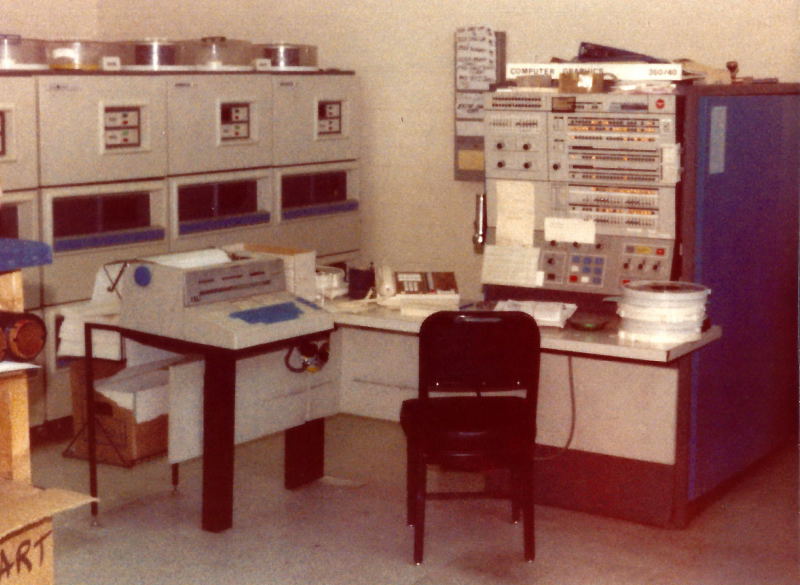 Between my junior and senior years I got an offer from my uncle,
Jim Martens,
who owned a computer service bureau in Phoenix, Arizona, Computer Graphics (CG),
and I would spend the summer doing
computer programming. I was asked if I knew BASIC and I gleefully answered yes. I learned BASIC as it was an easy programming language. But when I
got to Phoenix it wasn't what I thought. He was talking about Basic Assembly Language and I'd be doing it on an IBM System/360 computer!
I would spend the first week learning it and I found it
incredibly easy, especially compared to the assembly language of the Z80. They did not yet have a single terminal and all programming was done
with 80-column punch cards.
I used punch cards in an engineering class and at UWM they were in the process of switching to terminals, but we mostly used punch cards.
Between my junior and senior years I got an offer from my uncle,
Jim Martens,
who owned a computer service bureau in Phoenix, Arizona, Computer Graphics (CG),
and I would spend the summer doing
computer programming. I was asked if I knew BASIC and I gleefully answered yes. I learned BASIC as it was an easy programming language. But when I
got to Phoenix it wasn't what I thought. He was talking about Basic Assembly Language and I'd be doing it on an IBM System/360 computer!
I would spend the first week learning it and I found it
incredibly easy, especially compared to the assembly language of the Z80. They did not yet have a single terminal and all programming was done
with 80-column punch cards.
I used punch cards in an engineering class and at UWM they were in the process of switching to terminals, but we mostly used punch cards.
By mainframe standards at the time (1981), they had a small and somewhat out of date computer system. The System/360 Model 40 (G40) mainframe had only 128k of RAM (it was genuine magnetic core memory) and was beautiful looking machine with so many blinking lights. They had a DOS system that offered only 3 partitions, only one of which could be used for compiling programs. They had IBM 2314 disk drives and 6 STC 9-track tape units (IBM 2400 equivalent). But they had 3 IBM 1403 line printers and all three were in use most of the time. Their big client was the March of Dimes and they did all the printing for their mailings. For computer programming input they had an IBM 2540 Reader/Punch which was it's primary usage.
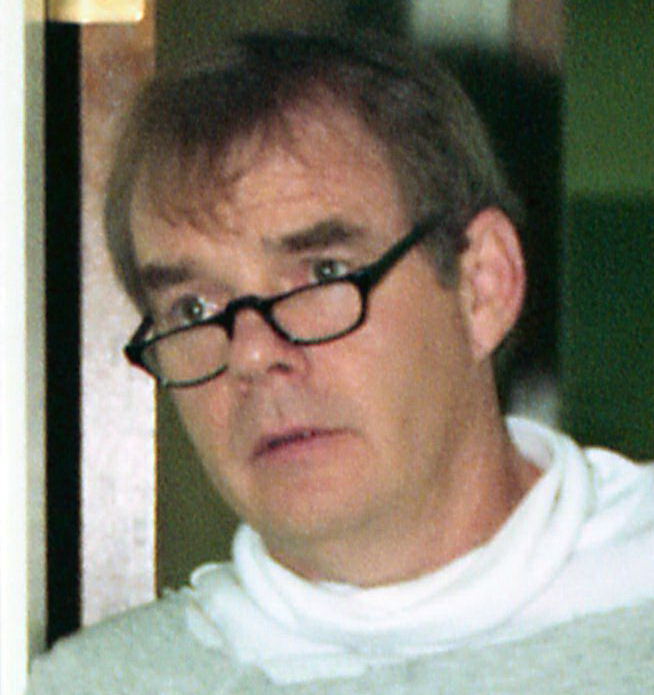
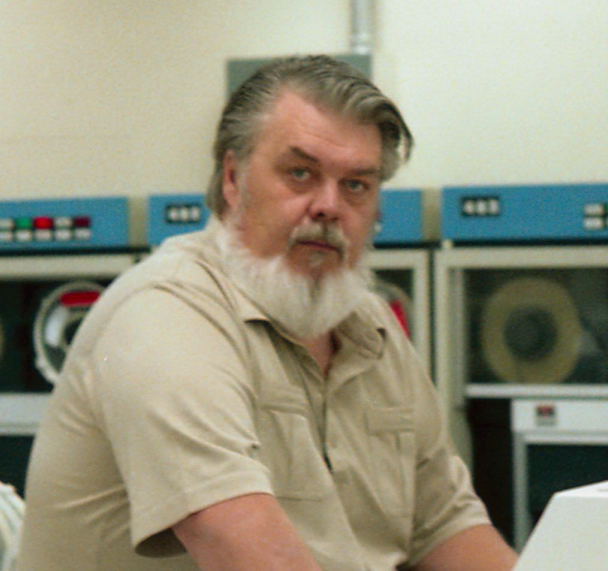
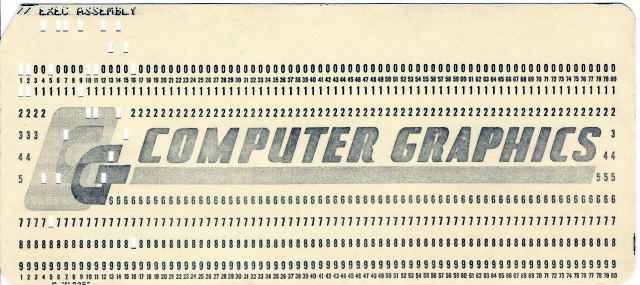
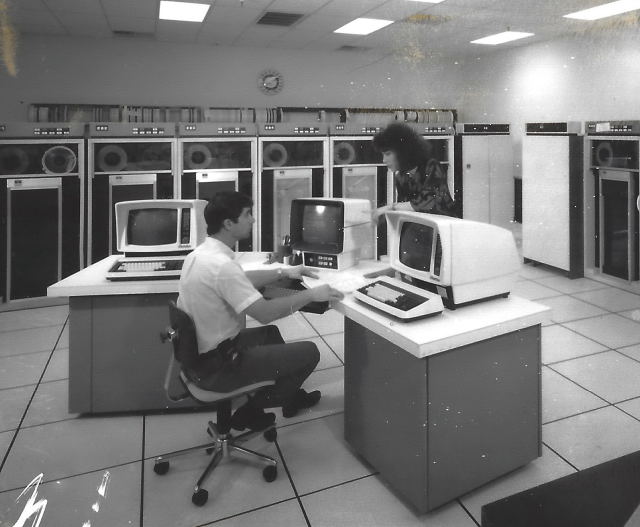
Click/tap here to read about the 1982 SAT math problem that was written on my chalkboard.
In 1985 CG hired Ron Yevin. He would have a huge effect on my assembly coding and ultimately my career, CG's future, and my future business. Read about that here.
One of my earliest assignments was doing a punch card job for First Federal Savings as they needed assistance in creating the punch cards that would be mailed out to their mortgage customers. Those punched cards would then be sent through a punch Card Interpreter which would type letters to show the account number, amount of payment, due date. What was memorable was that because the type was larger than usual, only 60 characters could be displayed so they had a plugboard to indicate where everything was to print. These cards would have to be mailed back every month. I mention this job because the input data showed the years as 2 character fields. The maturity date of most mortgages was 30 years so I saw years of 00-12. This was my first encounter with the Y2K problem. I had to add either "19" or "20" as the maturity date for display on the card. I simply used what would later be called "date windowing" (i.e, if the year was >80 it was "19" and otherwise "20"). In later years when the year 2000 was approaching and I'd get Y2K concerns from customers, I was happy to tell them I had first encountered this problem in 1982 so had been dealing with it since then.
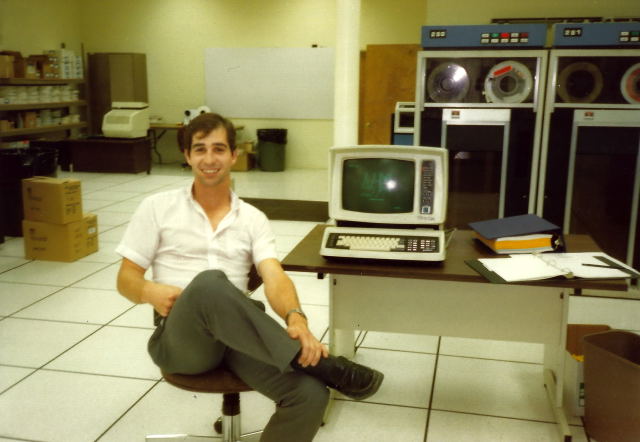
Though I was very good programmer, I would actually distinguish myself as a systems analyst. They secured a couple of big bank accounts (First Interstate and Wells Fargo), but they messed things up because it was a job like no other they'd encountered in their careers. These clients didn't have firm specs. In fact, my boss Ron called the specs the "Official List of Clues." They only had a general idea of what they needed and we needed to figure it out. And figuring it out meant starting the job and then making adjustments according to what the data dictated. I was brought into a job for Wells Fargo that was already 3 weeks in and starting with an input population of over 2 million records, over 20 processing steps had been wittled down to around 450,000. They were looking for at least 600,000 and they wanted to know where all the deleted records went.
It took the better part of a day, but I got the figures they were looking for and I really impressed them. We were then able to find some 150,000 additional records so they'd have the 600,000 they were looking for.
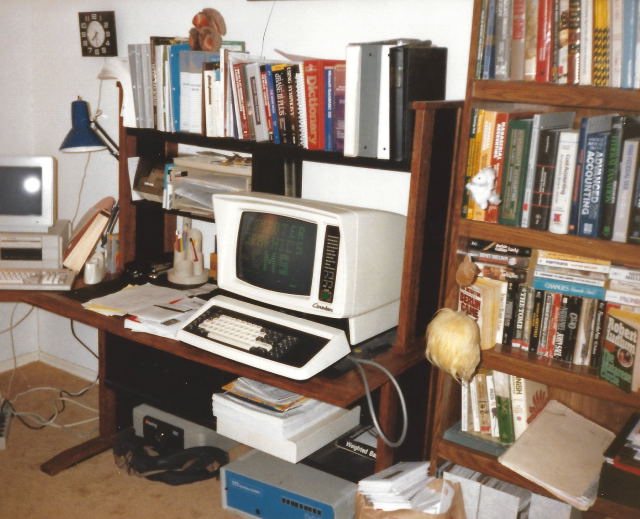
I went on quite a few sales calls even though I never thought of myself as a sales person. But it turns out that sales is incredibly easy when you truly believe in your product and have the confidence you can answer any question thrown at you.
But it was all exhausting. I was working 7 days a week and on most days 12 hours. I would eventually get a computer terminal and a modem (just 4800 baud) so I would work at home so I didn't have to be at work more than 9 hours a day. Of course it didn't minimize my hours working, but it was far more tolerable when I didn't have to be at work all the time.
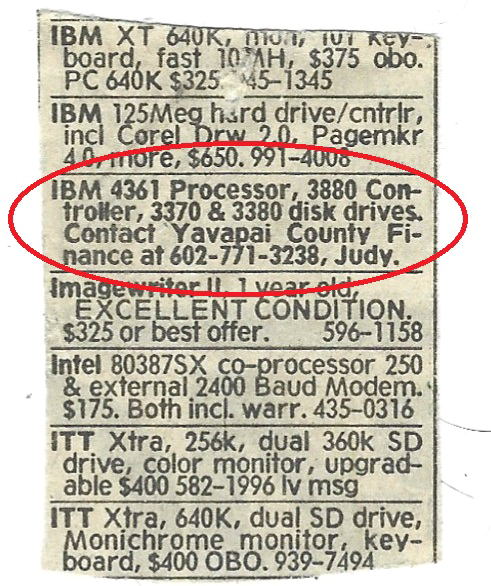
I got my first break from a friend at First Deposit who was at one time the head of their marketing program that I had developed for them. He was now the head of the internal computer processing department. They were doing a check letter campaign for the marketing department and it was going badly. The problem was they didn't know how to efficiently do a marketing program where you don't have firm specs and things change all the time. It had taken them 3 weeks to get this done which is way too long. They would have never given this work to a small firm, but they knew me and knew I could do it. When I got the info and the input files, it took me one day to give them their final report on how many names they could mail. The analyst was amazed and said, "It took our guys 3 weeks to do that!" This instantly became a monthly job and enough revenue for my business to breakeven.
I then got a partner who would bring laser printing capability. This allowed to do bank and credit union processing, another good monthly revenue stream.
But it exploded immediately and we didn't have enough room for a second printer so the business was split because we couldn't get either of the suites to either side of us. And additional growth meant that both sites needed expansion. I needed more computer space and we needed to add an inserter which came with more warehousing. We were now separated by nearly 15 miles. Sadly, I don't have a single picture of either of the facilities and probably because we weren't in these spaces for very long. The growth continued and again both locations were running out of room.
In 1997 as we now needed more space, we were able to get the facilities under one roof. We found a 13,000 sq. foot suite on West Desert Cove Avenue and got an allowance to be able to make some rudimentary modifications. I now had 2000 sq. feet of computer room space and a tape vault. Our warehouse and lettershop had 7,000 sq. feet.
As nice as the new space was, I still didn't have a raised floor. The equipment needed large power cables and large bus cables which were run through the ceiling. But the new facility made us look like a relatively large company, something we wouldn't be ashamed to show a bank client.
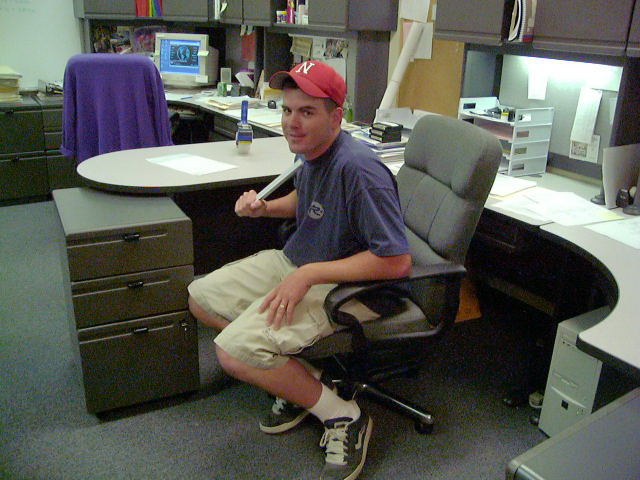
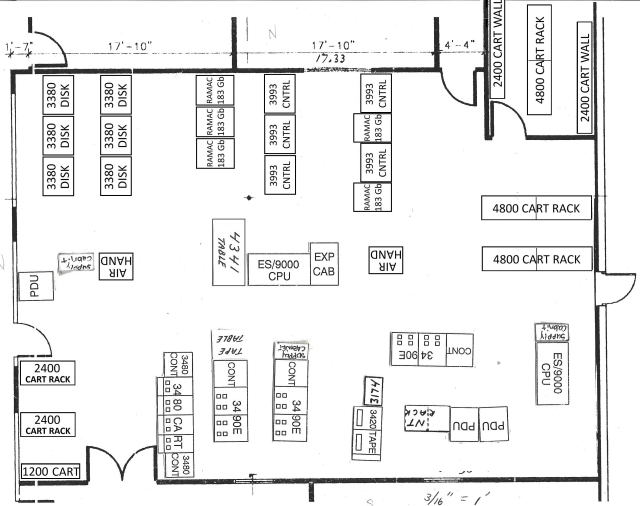
By late 1999 the handwriting was on the wall that we'd have to get a larger facility again. But this time we were making enough money we learned that we could afford to buy a brand new building. And because we were buying it we couldn't easily just get up and move if we needed more space so we needed to go big. And going big meant we had a much better chance of landing large accounts. I got to design my dream computer room which had a trenched raised floor (therefore, no ramps needed) and a completely secure computer data center with a large command center which could be viewed through a window for one purpose only: impress clients, i.e., the wow factor. The land and the building cost 2.7 million dollars which was financed with an SBA loan through National Bank.
Above: The floor plan for the new facility which was located on West Parkside Lane near the Deer Valley Airport. It features a 6500 sq. foot data processing center with a 90,000 cartridge capacity library and 14,000 sq. feet of warehouse space. The total sq. footage was 33,871. It came with 3,600 AMP 277/480 V service with room for expansion so we'd always have enough power. The two computer areas would be "raised" floors, 18 inches, enabling both cabling and A/C (mainframe equipment are designed to be best cooled from beneath. But they were trenched 18 inches deep so they would be level with the rest of the building so no ramps needed! Why such a large data processing center when the equipment was getting smaller over time? It's because in the years of having the business we were growing faster than the equipment was getting smaller.
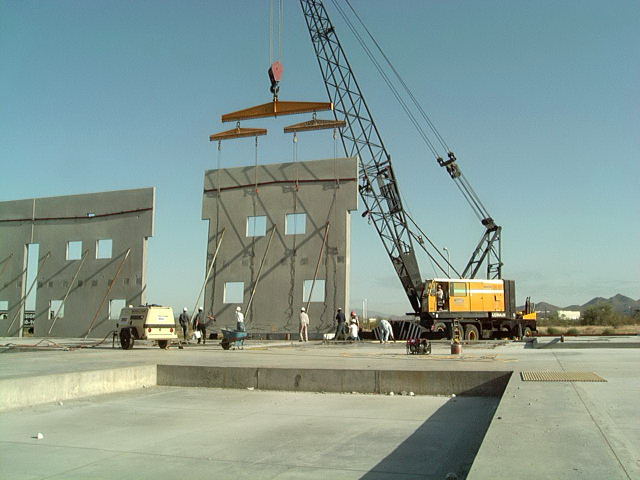
Construction started in August of 2020 and was finished in December of 2001. I didn't go to the construction site everyday, but it was most days as I wanted to keep up on what was going on and to take pictures. When it got to the inside construction it was a advantage for the superintendent because there would be questions about the plan that wasn't clear on the blue prints. I could answer everything immediately so it wouldn't slow things.
In case it escaped your notice, during the late stages of the construction 9/11 occurred. I saw my life flash before my eyes as we might lose all our business. But as the weeks went by and construction continued, it seemed like it wouldn't make any substantial difference. The building was completed and we moved in by the end of 2001.
Completed Building
Building Interior
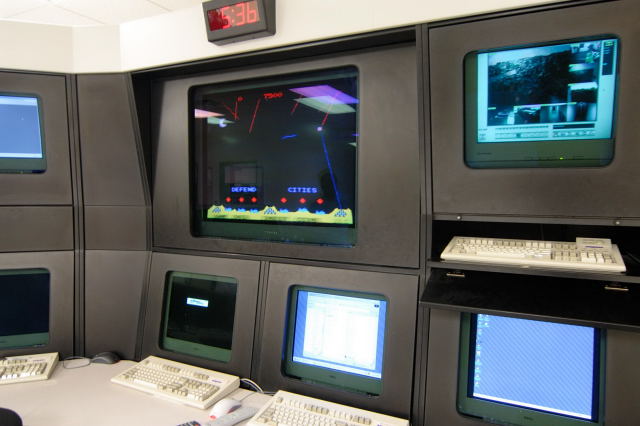
In truth we didn't need a command center nearly this large. It was that large because when we were ordering it we were asked the size of the data center. They came back with a rendering and your only thought was, "Wow!" It didn't matter that it was too big, I wanted the wow factor.
As you can see in the picture to the left it had a slot for a 36 inch Toshiba CRT that must have weighed 250 pounds. We were comedians and would often put the big screen actual working games of Space Invaders or Missile Command. At other times we'd put the security camera images. The clocks other than the one designating MST were just eye-candy. But not exactly cheap because you wanted the minutes to all change at the same time so there was a synchronizing mechanism.
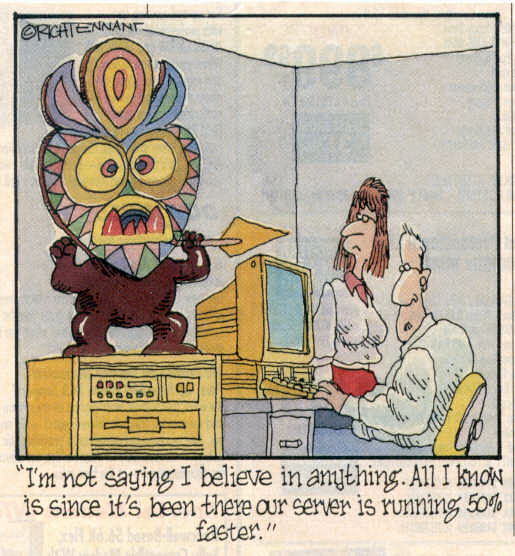
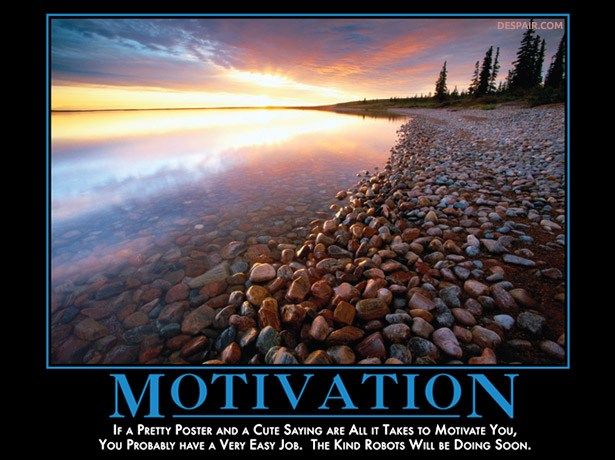
Our only requirement for the Tiki dolls is that they are bought as part of vacation. Every time I went to Hawaii I brought one back to add to the collection.
With so much space we needed wall hangings and we quickly decided on motivational posters which, of course, everyone despises. No, we would put up a series called demotivational posters, essentially making fun of the real ones. Everyone liked them, but there was one employee that didn't. They came to me one day and said, "Did you know they have these demotivational posters?" They had never actually looked at our posters, just assuming they were the real time and therefore completely ignored what was printed. We had more than a little fun taking them to a couple of posters to show the demotivation.
Laser Printing Center
Warehouse and Lettershop
Tradeshow Booths
My Office
As you can see in the pictures above my office walls and cabinet were much like my website: a nod to my hobbies. What you don't see are any windows. Sure, a window would be nice but I preferred that my employees have windows when it was possible. Besides, it was a good size office and had a conference table. But as you could see in the floor layout (and the pictures to the left) it was designed to have 6 Pods that would all have two windows. However, I'm not really being too altruistic. First, it's not my productivity that needs to be maximized, it was my employees. Keeping employees happy has inherent benefits. But, second, I really preferred working in the Pods and I did so whenever possible.
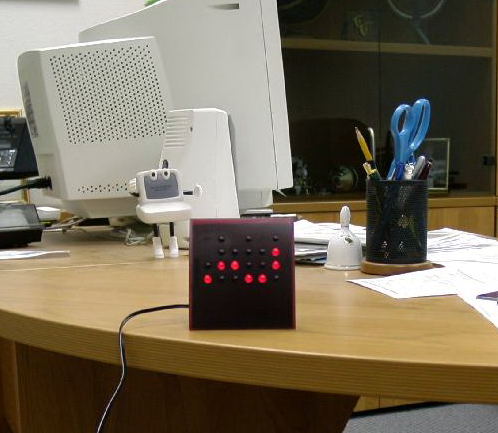
The butterfly wall was a custom piece I commissioned from Julianne Butterfly Fine Art. I met Julianne at one of the Fountain Hills arts festival. She uses genuine butterflies because no replica is anywhere near as beautiful as a real butterfly because of the iridescence that comes from the scales on the wings. She was particularly happy with the commission because my big specification was that I wanted variety. She said she got to use butterflies she'd never used before. The final display has 6 cases and contains 100 specimens, 99 of them unique. The duplicate was a Madagascan Sunset Moth which is shown from the top and then again later from the bottom. Note: Julianne no longer is in business.
Miscellaneous Pictures
Notes on the above items. First, the break room: You see a pool table. Frankly, it didn't get very much use, but it looked great. The other is the keyboard. That is my Rhodes Mark I Stage Piano which is an electric piano I bought back in Wisconsin in 1978. It would remain my main piano until I bought a house in 1984 and that Christmas bought a 5'8" Grand Piano. Second, the conference room. Note that it says room(s) and that's because it was such a large space, it had a movable curtain divider. You can see it at the left of the picture in the closed position.

